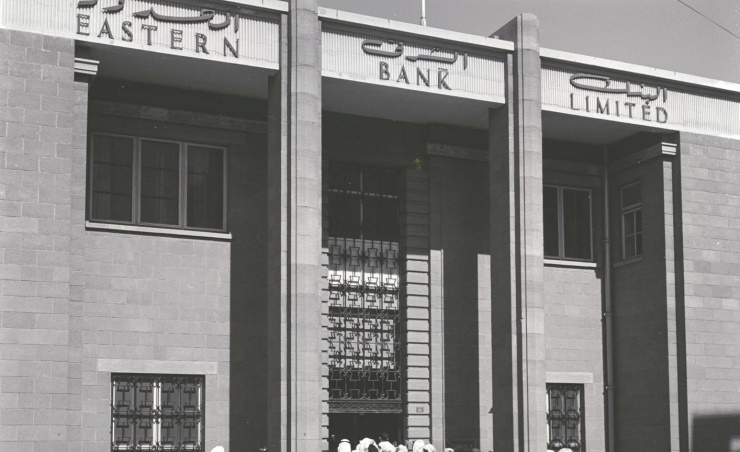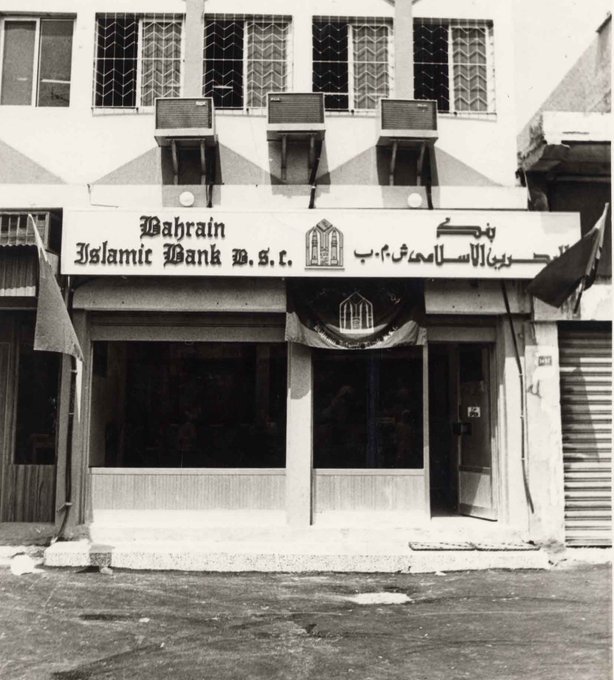Bahrain: A Historical Timeline of the Banking Sector

The banking sector has great importance in the Kingdom for in addition to its historical depth which goes back as early as before the 1920’s of last century, the sector represents one of the pillars of Bahrain’s strategy to diversify sources of revenues and broaden the scope of economic activities.
Bahrain’s banking system consists of both conventional and Islamic banks and is the largest component of the financial system, accounting for over 85% of total financial assets.
According to the Central Bank of Bahrain, there is a total of 376 financial sector institutions in the country as of the end of September 2020. This includes 31 retail banks, 62 wholesale banks, 17 branches of foreign banks and 8 representative offices of banks. These also include 34 insurance companies, 53 investment business firms and 86 specialized licensees.
A Brief History

1920
The first bank in Bahrain, Eastern Bank Limited (Standard Chartered Bank) was granted a license in 1918. On July 3, 1920, the bank’s premises officially opened.
1944
The British Bank of the Middle East (HSBC) opened a branch.
1957
The first bank wholly owned by Bahrainis, Bank of Bahrain, was opened.

1959
The use of Gulf rupee instead of the Indian rupee started.
1960
Arab Bank Limited opened a branch.
1964
The Bahrain Currency Board was established.
1965
The Bahrain Currency Board issued a new family of Bahraini Dinar banknotes and coins on October 7, 1965. The new banknotes and coins, which replaced the Gulf Rupee, contained the following note denominations: BD10, BD5, BD1, BD1/2 and BD1/4 with coin denominations as follows, 100fils, 50 fils, 25 fils, 10 fils, 5 fils and 1 fil.
1969
United Bank Limited of Pakistan began its operations on February 1969. Rafidain Bank as well as the Citibank also opened.

1971
BBK, formerly known as The Bank of Bahrain and Kuwait B.S.C, was established on 16th March 1971. In 1972, they began their operations.
1975
The Paribas Bank opened a branch. The Gulf International Bank was also established in 1975 and commenced its operations in 1976.
1977
The National Bank of Kuwait started operating.
1978
The Bahrain Islamic Bank was established.

1987
The Bahrain Institute for Banking and Financial Studies opened.
1989
The ATM service was provided by the British Bank of the Middle East.
1993
In March 1993 new security features were added to the Bahraini Dinar to develop the currency and protect it from the counterfeit processes. With that, a new family of banknotes were issued BD20, BD10, BD5, BD1 and BD1/2 along with the coins, 100fils, 50 fils, 25 fils, 10 fils and 5 fils.
2000
The Economic Development Board was established.
2001
Kuwait Finance House opened.
2002
The Supreme Council of Islamic Banks was established.
2003
Al Salam Bank opened. On the same year, Shamil Bank purchased all the assets and liabilities of FIBEC. Immediately following this purchase, Shamil Bank sold the entire share capital of FIBEC to DMI and the name of FIBEC was changed to Ithmaar Bank.
2006
The Mumtakalat Holding Company was established as the sovereign wealth fund of the government.
2009
Ahli United Bank (Kuwait) bought Ahli Commercial Bank (Bahrain) and named the bank as Ahli United Bank.
2019
The Gulf International Bank (MEM) was granted a new license for digital banking. Arab Banking Corporation (ila) was also granted the same.


